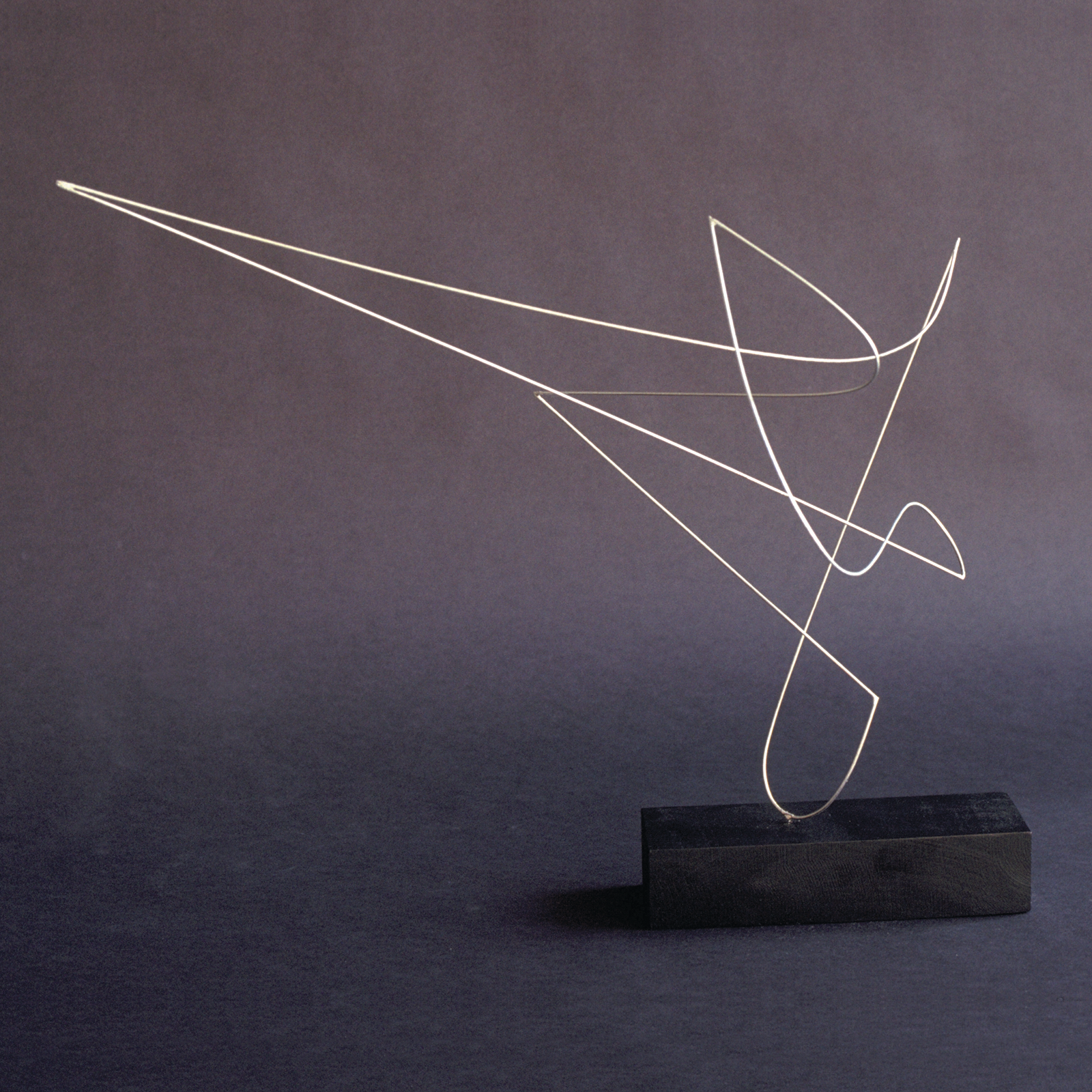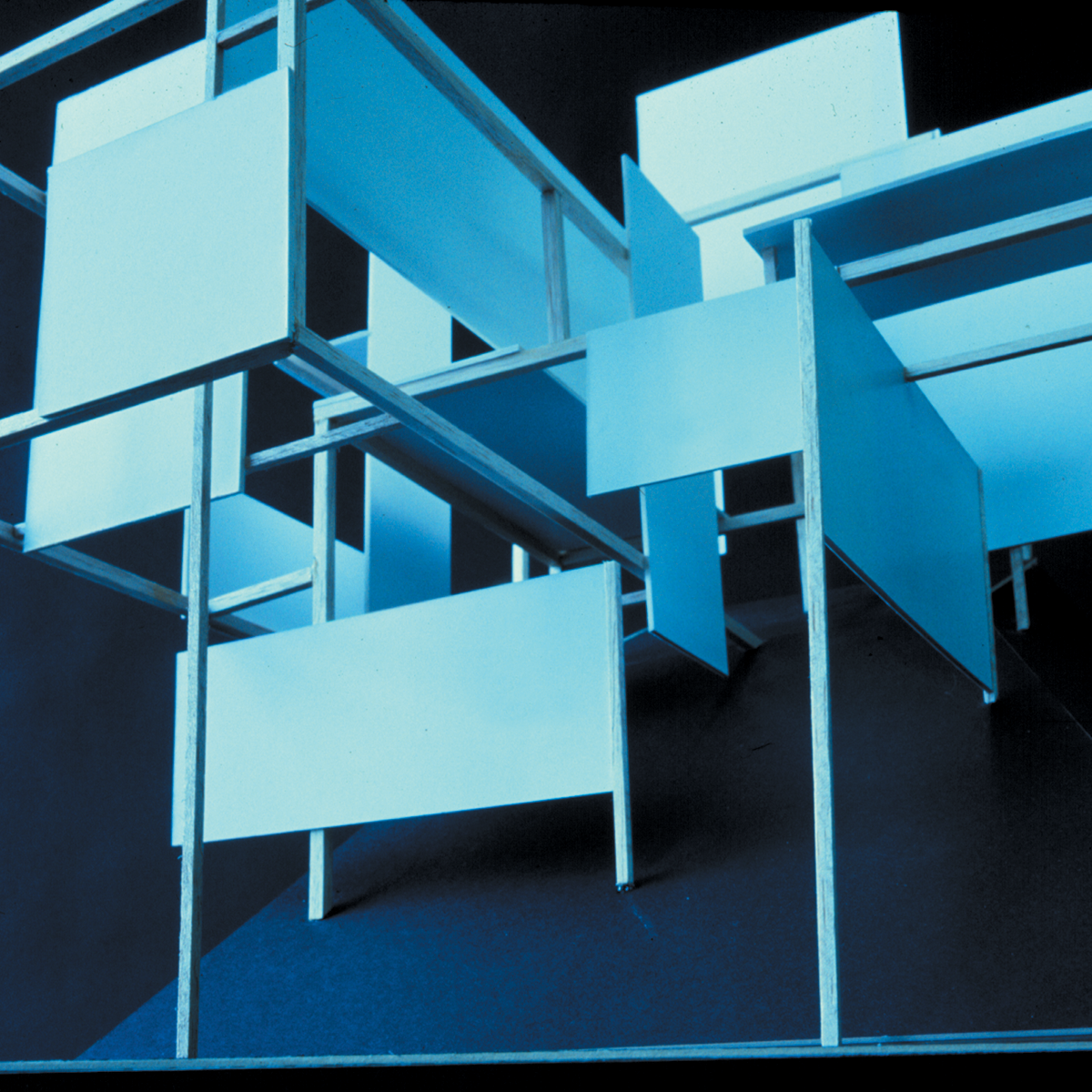“In the convexity exercise you were already learning about concavity — about how negative volume affects form. Now, the focus will be on concavity.”

Think about natural elements and the slow erosion caused by wind and water. Make some clay sketches in which concavity establishes the character of the design. Design the surface of the concavity to contrast with the convexity.
“Good art or design rarely looks like it was done quickly. The artist or designer keeps working until all the parts of a painting, sculpture, or product relate. That is what makes art last — regardless of its time. We respect it for its completion and its consistency.”
Choose your most successful sketch and develop it. Use several blocks of clay and combine them. Decide whether you want a predominantly vertical or horizontal composition. Create shapes in which the character is exciting and the inherent and comparative proportions are pleasing.
Establish dominant, subdominant, and subordinate relationships. The first significant spatial relationship should express the whole design. It should express the character and proportions of the volumes, their rhythmic movement, and the variety and contrast of curved and straight lines.
Work on contrast. If things are different, they must complement each other. It is much harder to make things that are complementary than to make things that are the same. The complementary relationship must be understood from the very beginning. If you are having trouble, just hang in there. Take one shape away and see if it looks better without it.
Be aware of the axes. Not only do positive forms have axes, but concavities have axes as well. When the shape of a concavity is strong, it becomes a thing. It is almost like a positive form.
Do not trap the negative space. It should go around and come out and go someplace else. The space should flow, pushing against the volume in an eroding process, like a river through a canyon. Try to indicate how you would go through it with the eye. After you have the volumes and axes right, you can begin playing with one plane against another. Then, you can play with all the other lines. See how the outside lines relate to the inside lines.
Execute your final design using a salt or plaster block as your medium. Plaster is OK here. You can afford to work more quickly on the concavity exercise because you can gouge and hollow the material. If you work in salt, use files and sandpaper as you did in the convexity problem.
Although you are removing material here, do not let your form contract like a prune becoming a raisin. You want to increase the presence of the form through its expansive characteristics. Once again, you want to end up with a form that looks larger than the geometric form you started with.

































